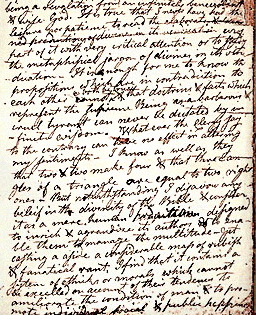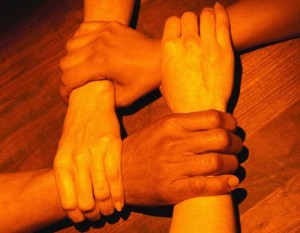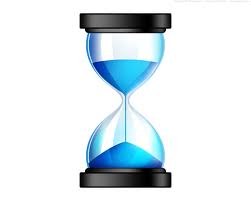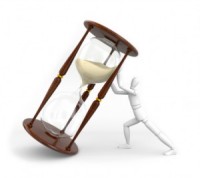 We are about to launch a “Guest Memoirs” page, as promised. Here is a description of the project, including details, benefits and risks, and the procedure for publishing your memoir.
We are about to launch a “Guest Memoirs” page, as promised. Here is a description of the project, including details, benefits and risks, and the procedure for publishing your memoir.
Anyone who wishes can share the story of their addiction/recovery with other readers of this blog as well as members of the general public who will soon be able to find it via Google. The only requirement I ask is that the stories be “true” to the best of your recollections. The length can be anywhere from a paragraph to a couple of chapters. Please feel free to post an anecdote or two, or else notes on an interesting period of your addiction or recovery. You don’t have to tell your whole life story!!!
There will be a comment section at the end of each published memoir, allowing others to reply, reflect, ask questions, or whatever. I will not be editing the memoirs or the comments. I will take a brief glance at each memoir received, mostly to get a sense that it’s appropriate for this feature, before publishing it. However, beware: anybody can write anything in the comment section, so if you have a thin skin, you might want to give this a miss. But I expect very few comments to be offensive. And…if you receive comments that are truly nasty, just alert me by email and I’ll remove them.
I may also comment, and if I do, one of the things I’ll try to do (especially if requested) is to supply a little neuroscience information that might complement your memoir.
I expect that it will do many of us a lot of good to see where others have been. The main thing to keep in mind is that there are a lot of lonely, confused people struggling with their addictions. Just being able to see what others have gone through, and how they have managed to survive and improve their lives (e.g., recover, in part or in full), will be of great benefit to these people. Just knowing that they are not the only ones who have felt what they’ve felt and suffered what they’ve suffered can be a healing process. Rays of light are always encouraged. For those of us who are not in such dire straits, it is always interesting to compare notes!
Your memoir will be anonymous unless you choose to include a name or pseudonym. That’s your choice. So here’s the format I request:
Title (if you like, or just note “untitled” which is fine too).
Name or pseudonym, only if desired.
Keywords: If possibly, please supply 3-5 keywords, so if we ever get around to it we can index the entries for easier organization and access. I think these should include the name of the thing you are or have been addicted to (e..g, opiates, alcohol, stimulants, sex, gambling, eating, or even more specific terms like “”cocaine” or “heroin” — and, of course, multiple addictions are welcomed 🙂 Also include specific programs or treatment approaches that are highlighted in your memoir, such as Narcotics Anonymous, mindfulness meditation, methadone, or whatever. The rest I leave up to you. Perhaps include keywords indicating important features that have been associated with your addiction, such as “lying” or “stealing” or “dealing” or “hospitalization” or whatever.
The memoir: Put the text of the memoir in the email, NOT an attachment. Please do not use special characters. Normal characters like quote marks usually come through fine.
REQUEST: Will a few of you please send me something in the next week. That way we can launch the memoir page with actual material, which will look a lot better than just a lot of white space.
All emails to me — the memoir itself and any questions you may have — can be sent via the “Contact” box, which you can access via the button at the top of this page. Or else mail to marc@memoirsofanaddictedbrain.com.







